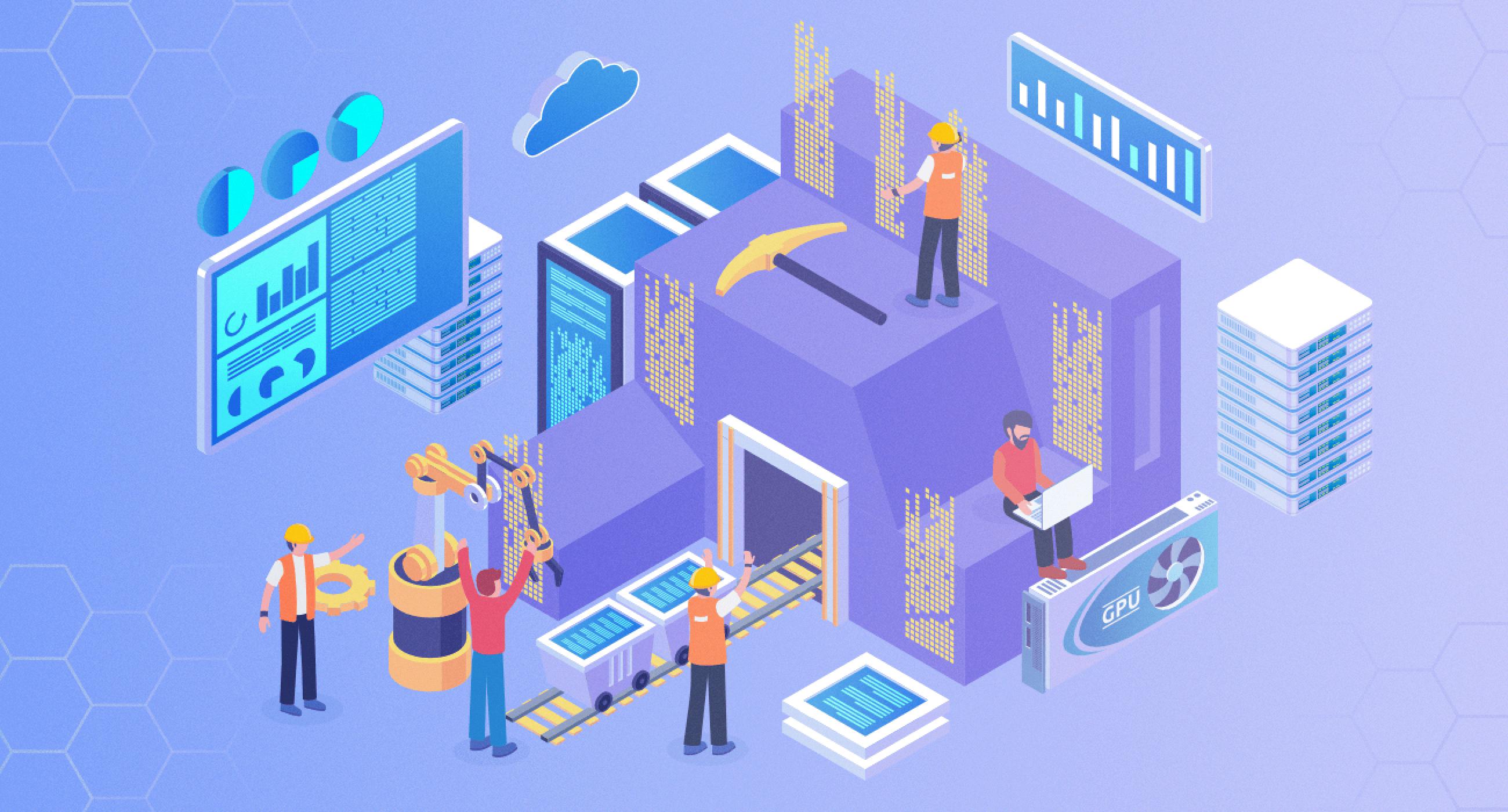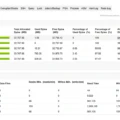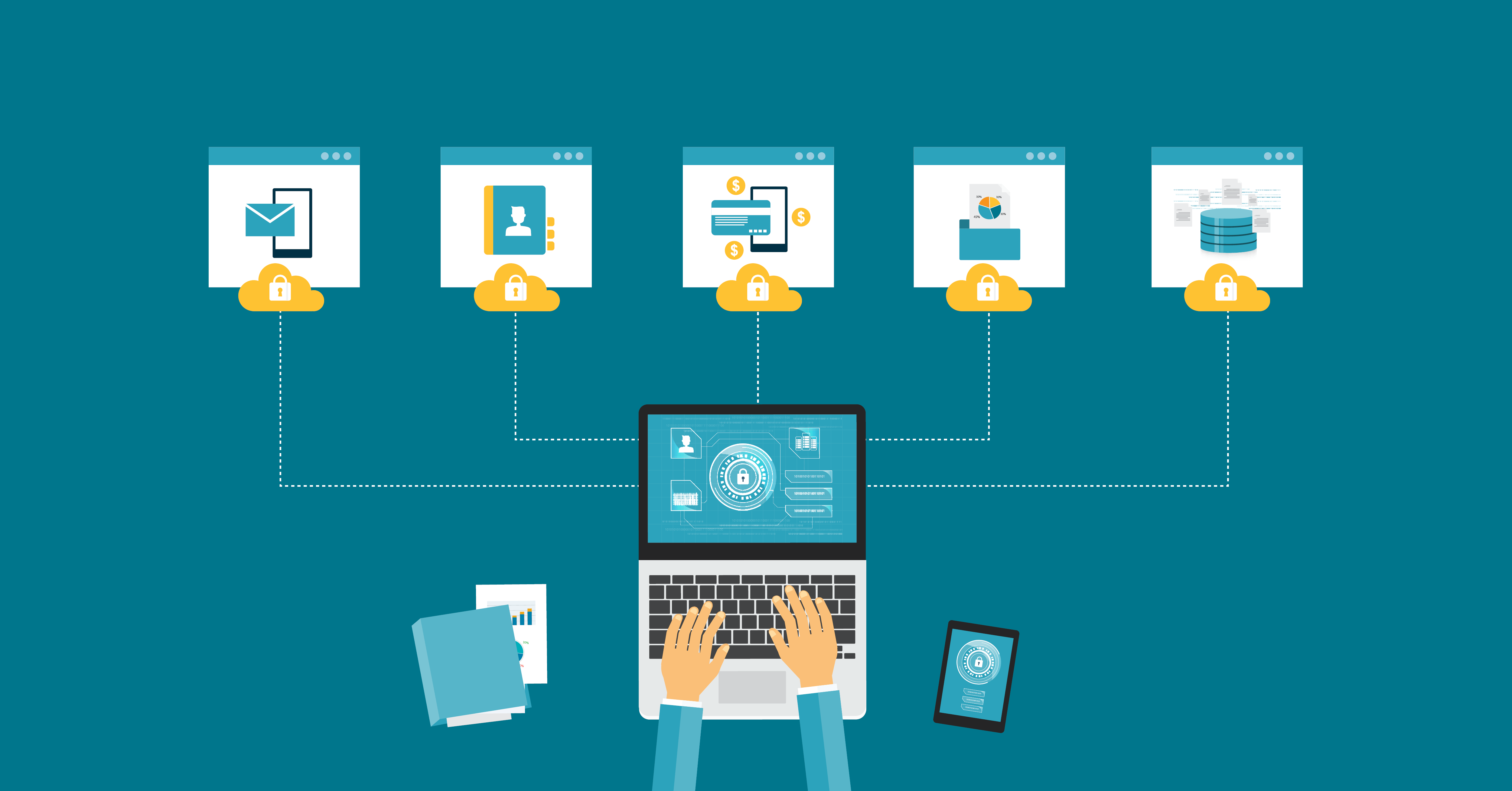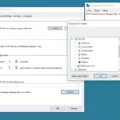Data discovery tools are becoming increasingly important for businesses to understand the data they have and how it can be used to inform decisions. Data discovery is the process of uncovering patterns, trends, and relationships in data from multiple sources. It enables organizations to quickly identify key insights from their data that can be used to inform business decisions.
Data discovery tools provide businesses with holistic visibility into their information assets while making it easier for business users to explore and work with an organization’s data. Data discovery software helps collect and combine data from multiple sources and identify patterns and trends in them. Even non-technical users can take advantage of these tools to uncover valuable data insights without having to learn data modeling or other skills.
Data discovery requires a progression of steps that organizations use as a framework to understand their data. This includes preparation of the data, such as cleaning, transforming, aggregating, or filtering; model building, which involves developing models that represent relationships between variables; visual analysis, which helps identify relationships between variables; and advanced statistical analysis for more detailed insights.
Search is effective for quick, specific answers but is not ideal for discovering new ideas. Instead, recommendation-based discovery reveals worlds you didn’t know existed by leveraging algorithms that suggest possible correlations between variables based on previously identified patterns in the data.
Overall, modern businesses need to leverage data discovery tools in order to gain a competitive advantage by identifying patterns in their own datasets as well as external datasets such as industry trends or customer behavior insights. Such insights can help them make better-informed decisions about how best to serve their customers or optimize operations. With powerful yet easy-to-use tools now available, any organization can take advantage of the power of data discovery and unlock its potential.
Data Discovery Tools: An Overview
Data discovery tools are a type of software that enable businesses to gain a comprehensive understanding of their data assets. Such tools allow business users to quickly and easily explore and interact with an organization’s data, without requiring any technical expertise in data modeling or other related areas. By leveraging these tools, users can uncover valuable data insights and gain better insights into their operations. Consequently, this helps organizations make more informed decisions and maximize their return on investment.

Source: justtotaltech.com
Understanding How Data Discovery Tools Work
Data discovery tools work by collecting data from a variety of sources, such as databases, spreadsheets, text files, and web APIs. The data is then combined into a single view that alows users to easily identify patterns and trends. Data preparation is used to cleanse the data to make sure it can be used reliably in analytics. Data modeling is used to identify relationships between the various pieces of information contained in the data. Visual analysis can be used to reveal insights that are otherwise hidden in the raw numbers. Finally, advanced statistical analysis can be used to uncover more subtle relationships and understand how different variables interact with each other.
Data Discovery: Unlocking the Potential of Data Analysis
Data discovery is the process of extracting data from various sources and analyzing it to uncover trends and patterns. It involves the collection, organization, and assessment of data from a variety of sources. This includes structured data such as databases, unstructured data such as text documents or websites, and semi-structured data such as spreadsheets or log files. Data discovery seeks to understand relationships between different datasets and identify correlations that can help organizations make more informed decisions.
The process typically starts with an evaluation of the available data sources, followed by data collection and preparation. Once the data has been collected, it can be assessed in terms of quality, accuracy, completeness, relevance, and consistency. After this initial assessment is complete, analytics can be applied to gain insights into the data—including descriptive analytics for summarizing the information contained in the dataset; predictive analytics to forecast outcomes; prescriptive analytics for guiding decisions; and machine learning methods for uncovering hidden patterns in the dataset. Finally, visualizations can be used to present the results in an easy-to-understand format.
data discovery is a powerful tool that enables organizations to gain greater insight into their datasets by uncovering relationships between them. By leveraging this information appropriately, organizations can make smarter decisions that lead to better outcomes.
Data Search vs Data Discovery
Data search is a process of looking for specific information within a large set of data. It uses keywords, filters, and other query parameters to quickly locate and retrieve the desired information. On the other hand, data discovery is a more exploratory approach to understanding data. It involves analyzing different types of data sources to uncover patterns, insights, and trends that may not have been previously known or expected. Data discovery can be used to generate hypotheses, discover correlations, build predictive models, and identify opportunities for further research. Unlike search, which is focused on finding specific answers to precise questions, discovery is more open-ended and can help reveal new possibilities.
Five Basic Discovery Tools
The five basic discovery tools are depositions, interrogatories, requests for admissions, requests for the production of documents, and requests for inspection. Depositions are sworn statements taken from witnesses under oath in the presence of a court reporter or other court officer. Interrogatories are written questions sent to one party by another concerning fact relevant to the case that must be answered in writing under oath. Requests for admissions require one party to admit or deny certain facts in writing. Requests for the production of documents require a party to produce certain documents or records related to the case. Finally, requests for inspection allow a party to inspect tangible items related to the case. All five of these discovery tools can be used during pre-trial proceedings to gain information or evidence necessary for trial preparation.
Running Data Discovery
Data discovery is the process of exploring data sets to identify patterns, correlations, and other insights. To run a successful data discovery, there are five key steps involved:
1. Connect and Blend Data: To begin the data discovery process, it is important to first connect and blend all the necessary measurements and metrics that need to be analyzed. This may include supply chain data, financial services information, customer feedback, or any other relevant sources of data.
2. Clean and Prepare Data: After connecting and blending all the necessary data sources, it is important to clean and prepare the data for analysis. This may include removing unnecessary or duplicated records from your dataset or applying transformations to make sure all values are consistent across your dataset.
3. Share Data: Once your data has been properly prepared for analysis, it is important to share it with other stakeholders who may be involved in the project. This allows different teams or individuals to contribute their insights on how best to analyze the data.
4. Analyze and Develop Insights: Once your team has access to the shared dataset, they can begin analyzing it in order to develop meaningful insights that can help drive decision-making within an organization. Different techniques such as machine learning algorithms or statistical methods may be used during this step in order to uncover hidden patterns in your dataset that could not be seen before.
5. Visualize Insights: The last step in a successful data discovery process is visualizing your insights so that they are easier for everyone involved in the project to understand and interpret correctly. Different types of charts such as bar charts, line graphs, or scatter plots can be used during this step in order to effectively communicate findings from your analysis in an intuitive way.
Understanding DLP Data Discovery
DLP data discovery is the process of identifying, locating, and categorizing data that is stored within an organization. It can include discovering what type of data exists, where it is stored, who owns it, and who has access to it. Data discovery can also uncover any potential risks associated with the data, such as unstructured or sensitive information stored in public-facing locations. By proactively managing the data located on a company’s network, organizations can ensure they are compliant with industry regulations and reduce the risk of data loss.
Data Discovery with Tableau
Data discovery in Tableau is a powerful feature that enables users to explore, analyze, and interpret data quickly and easily. It helps identify patterns, relationships, and outliers in large datasets that would normally be hidden within the data.
Tableau’s automated data discovery feature uses two algorithms; Explain Data and Clustering. Explain Data provides an easy-to-understand breakdown of the data by featuring a set of insights about the dataset as a whole. This includes information such as the top values, highest correlations, most influential fields, outliers, and more. Clustering helps group together similar items within the dataset based on different attributes, allowing users to uncover trends between those items quickly and accurately.
Thanks to these powerful algorithms, Tableau’s automated data discovery feature makes it easier for users to make sense of their data and identify important insights from it in just a few clicks. This helps to save time when analyzing complex datasets while still maintaining accuracy in interpreting results.
The Benefits of Smart Data Discovery
Smart data discovery is a process of taking large, unstructured datasets and using predictive analytics, interactive data visualization, pattern matching, and machine learning to uncover meaningful insights. It is an advanced form of data mining that can help businesses gain deeper insight into their customers and operations.
Search-based smart data discovery involves using natural language queries to search through large datasets. Visual-based smart data discovery allows users to explore relationships between variables through interactive visuals such as charts, graphs, and maps. Graph-based smart data discovery utilizes the power of graph databases to identify patterns in the underlying relationships between entities in the dataset.
Overall, smart data discovery enables users to gain valuable insights from their datasets quickly and easily without needing to be experts in analytics or programming. This makes it an invaluable tool for businesses that want to make informed decisions based on accurate data.
Challenges of Data Discovery
Data discovery is a complex process that involves finding, accessing, and understanding data from various sources. As such, there are numerous challenges associated with it. One of the primary challenges is the sheer amount of data available. With the rise of Big Data and the Internet of Things (IoT), organizations are collecting more data than ever before. This can make it difficult to identify which sources contain relevant information and to gain insight into the data in a meaningful way.
Another challenge is the complexity of the data itself. Organizations often have multiple databases containing different types of data, making it difficult to integrate them into a single source for analysis. Additionally, data can be stored in various formats, which can complicate its interpretation and make it difficult to analyze across platforms or tools. Furthermore, much of this data is unstructured or semi-structured, meaning that traditional methods may not be applicable for extracting its value.
Finally, many organizations lack an adequate governance structure that allows them to properly manage their data assets and ensure they are being used in an ethical manner. Without proper governance structures in place, organizations may be subject to compliance issues or risk a breach in security due to inadequate control over their data resources.
Overall, data discovery can provide many opportunities for organizations if done correctly; however, it also poses a variety of challenges that must be addressed prior to implementation.
The Benefits of Data Discovery
The benefit of data discovery is that it provides organizations with the capability to analyze their data resources more accurately, enabling them to gain greater insights into their operations. It allows organizations to convert raw and unstructured information into structured and valuable data, allowing for more efficient decision-making. Data discovery also enhances the accuracy of predictions and forecasts, giving an organization the ability to anticipate future trends and understand customer behavior better. Ultimately, data discovery offers organizations the opportunity to gain a competitive advantage by leveraging their information resources more efficiently.
Targeted Data Discovery: An Overview
Targeted Data Discovery (TDD) is a technology that helps companies to analyze and process consumer data rights and opt-out of sale requests in an automated and efficient manner. It automates each manual step used to process consumer rights and opt-out of sale requests, such as sorting through large amounts of data and identifying relevant information, without the need for manual processing. It also uses exception rules to flag outliers, helping organizations quickly identify any compliance issues or discrepancies in data. TDD can be used for various applications, including GDPR compliance, CCPA compliance, ad targeting, and customer segmentation.
Conclusion
Data discovery tools offer businesses an invaluable way to gain visibility into their data and uncover valuable insights without having to learn complex skills. By providing capabilities such as data preparation, data modeling, visual analysis, and advanced statistical analysis, these tools allow users of all levels of technical expertise to explore and identify trends in their data. Additionally, the use of recommendations can help provide a comprehensive view of the information available so that businesses can make more informed decisions. Ultimately, data discovery tools are an essential asset for any organization that wants to make sense of its data and extract valuable insights.








